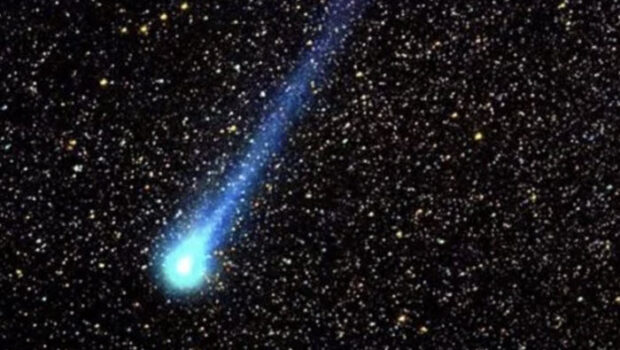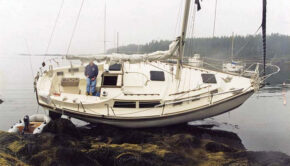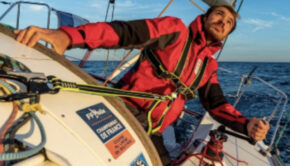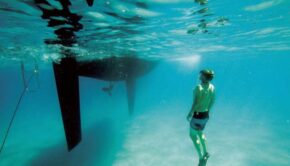As the Earth hurtles headfirst
Published on August 10th, 2023
To paraphrase John Masefield’s poem ‘Sea Fever’, having a star to steer by is helpful for a night passage, but as George Day reports in the Cruising Compass, we will want to sit still for this sky show:
Here we are again in the middle of August and, hopefully, you are getting Cruising Compass on your boat while anchored in a lovely quiet cove. And, with luck, you will have an unobstructed view of the night sky and very little ambient light from civilization ashore. That’s because the middle of August is when the Earth sails through the interplanetary debris field left by the huge comet Swift-Tuttle (pictured above); comets, apparently, are terrible litter bugs.
As the earth passes through the debris field, particles the size of large rocks enter the atmosphere at high speed and burn up creating shooting stars with long glowing tails. The best time to catch this summer’s shooting stars will be on August 12 and 13, just before the new moon when the sky is at its darkest. Between midnight and dawn, as the Earth hurtles headfirst into the debris, you can see as many a 100 shooting stars an hour.
It is known as the Perseid Meteor shower because the shooting stars seem to emit from the constellation Perseus. If you have never witnessed a meteor shower, it is a show of celestial fireworks worth staying up for. To read more on The Planetary Society’s website, click here.








 We’ll keep your information safe.
We’ll keep your information safe.